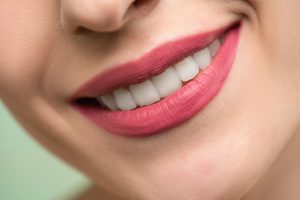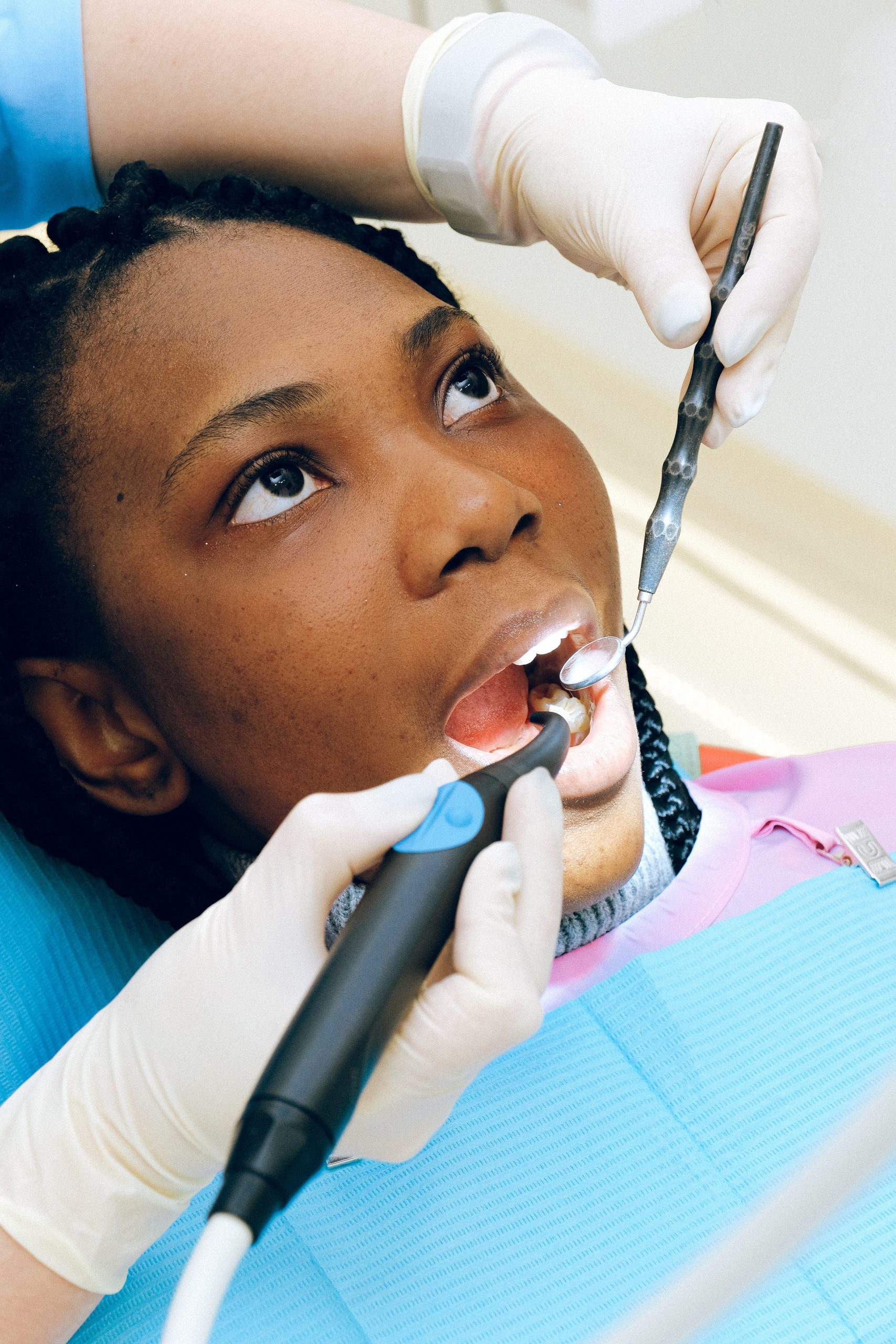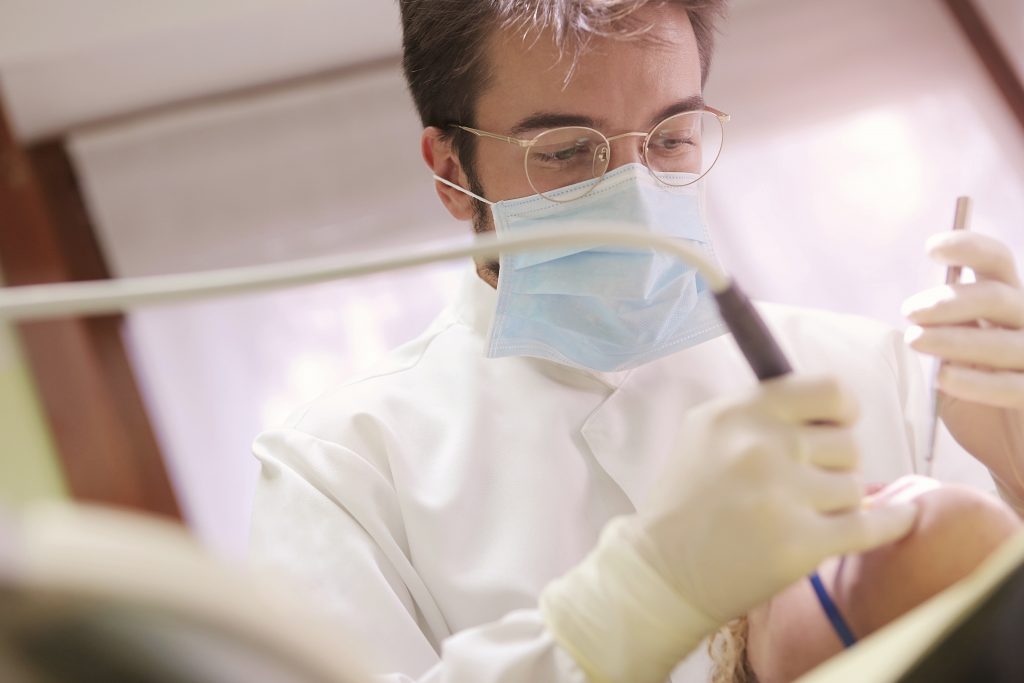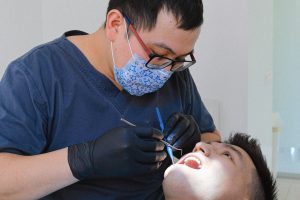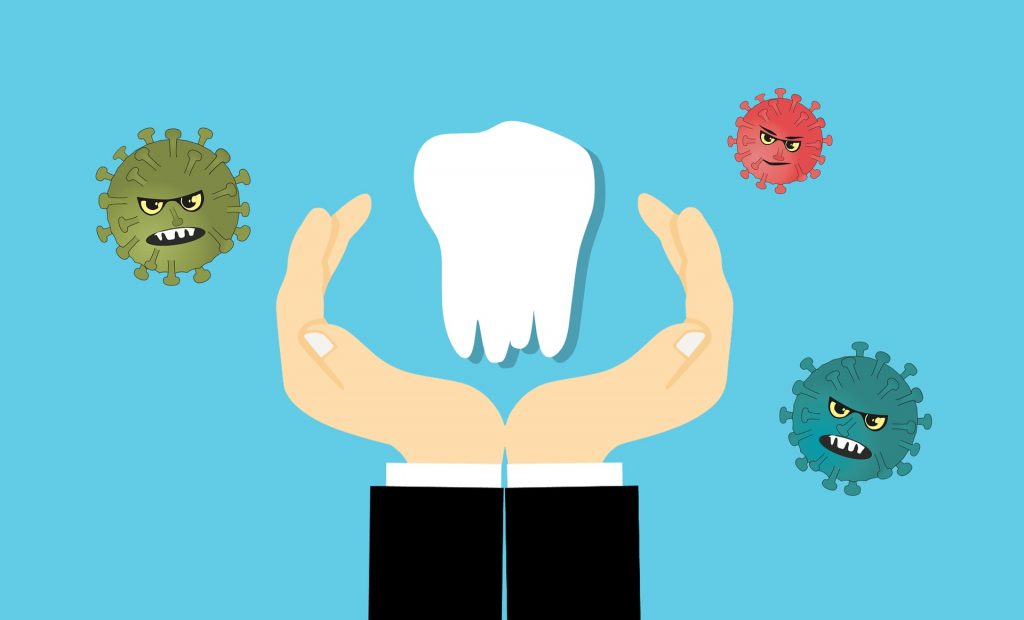Dental Check-Up
Regular checkups are vital to keeping your teeth and gums healthy. If you wait until there is a problem with your teeth, the damage is done. You can’t always tell that your teeth have a problem, so you may be surprised how your dentist determines it during a routine checkup.
Early detection can make a big difference. The earlier your dentist can detect cavities or other oral health problems, the easier it can be to treat and manage. Checkups also provide preventive care to reduce the risk of future infection or cavities.
Dental Cleaning
Most people can do routine maintenance on their vehicles without a problem. Fill the fuel tank, keeping the types pumped, replacing windshield washer fluids, etc. Although all these basic and useful things can be done at home, everyone will have their car professionally serviced from time to time to keep it running at its optimum level. Your oral health is the same!
Going to the dentist for regular cleaning is all part of maintaining optimal oral health.
The plaque and tartar build-up over time, often in the smaller confines and crevices of your teeth and gums. A professional dental cleaning sometimes referred to as ” scaling and polishing ” will remove these substances from your teeth, making it easier for you to clean and prevent bacterial build-up during your regular oral hygiene routine at home.

Braces Or Orthodontics
The braces are easily the most common form of orthodontics or cosmetic dentistry.
Commonly performed shortly after permanent teeth have finished erupting, they are therefore treatments most associated with tweens and teens.
There may be medical reasons for wearing dental braces, such as crowded teeth that could have negative health consequences. However, dental appliances are more commonly designed to improve the aesthetic appearance of the teeth and achieve perfect alignment.
Dental Bridges
Although the aesthetic effect of missing teeth is often a concern, the biggest problem is what happens with the ability to chew food, keep the gums healthy, and when the teeth surrounding the space begin to change. Dental bridges are the solution.
A dental bridge is so named because it occupies the space where a tooth or teeth have been lost.
Several different types of dental bridges can be used depending on the situation.
Dental Crowns
The enamel of the teeth is very strong, but when cracks or fractures occur in the structure, the entire tooth can be compromised. Dental crowns are a way to restore the integrity of the structure and can also be used to refine the aesthetic appearance of the teeth.
Although they can be used to improve the aesthetic appearance of malformed or discolored teeth, crowns are most often used to restore ‘at risk’ teeth with large worn fillings, very large cracks, or cavities that have been subjected to a root canal.
To restore the functionality of a damaged tooth, a crown has to be strong and able to withstand considerable pressure. Most crowns are made of porcelain, which can be condensed with a gold alloy, or made of acrylic.
Preparation For A Crown
There are a few steps involved in getting a dental crown fitted. Diagnostic, casts, and X-rays are taken to evaluate the tooth and determine if any treatment is required before starting the crown.
The tooth then has to be shaped and prepared to receive the crown. A mold of the tooth is made and used to create an exact model from which the crown is prepared.
Placing The Crown
If you need to re-have a dental crown fitted, the dentist will remove the temporary crown and the cement before checking the fit of the new permanent crown.
Once it is confirmed to fit properly, the crown is fixed in place with permanent cement.
After dental crown placement, it is common to experience mild sensitivity to hot or cold temperatures on the tooth for several weeks.
Purpose Of Dental Implants
The root of each tooth is a placeholder in the special sockets that hold the teeth in the jaw. If a tooth is lost, the bone structures around the socket may begin to recede, the remaining teeth may begin to shift, and in the long run, this can cause unnecessary complications to oral health.
A dental implant is an artificial substitute for the root of a tooth made of titanium. It is surgically inserted into the jawbones and fused with the jawline to create the foundation needed to receive a crown, bridge, or prosthesis.
Eligibility For A Dental Implant
Anyone who is reasonably healthy and wants to replace missing teeth is a possible candidate for dental implants.
Specific factors for eligibility include the presence of sufficient bone in the area of ?? the missing teeth to provide anchorage for the implants.
Toothless people (all of their teeth are missing) can choose to have implants, as long as they have enough bone structure for surgery.
Certain factors, such as diabetes, smoking, bleeding disorders, dependence on particular medications, as well as compromised physical and mental integrity, can influence whether or not an individual is suitable for this dental procedure.
